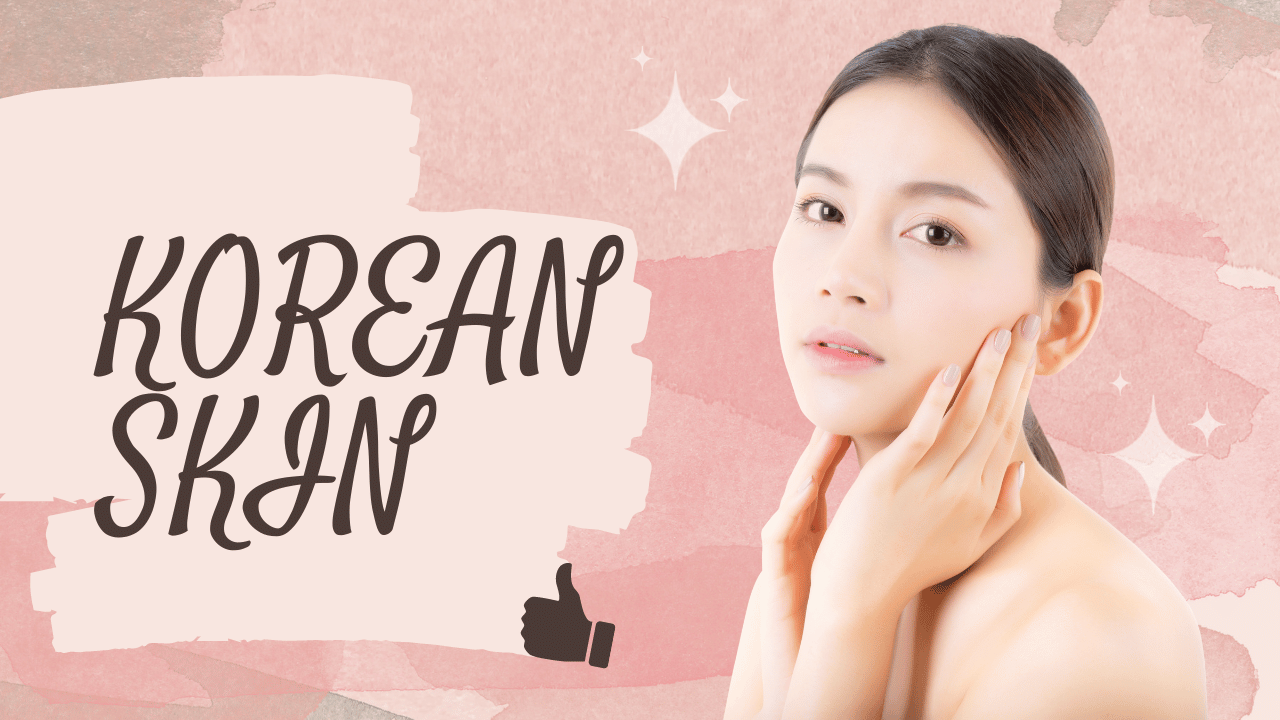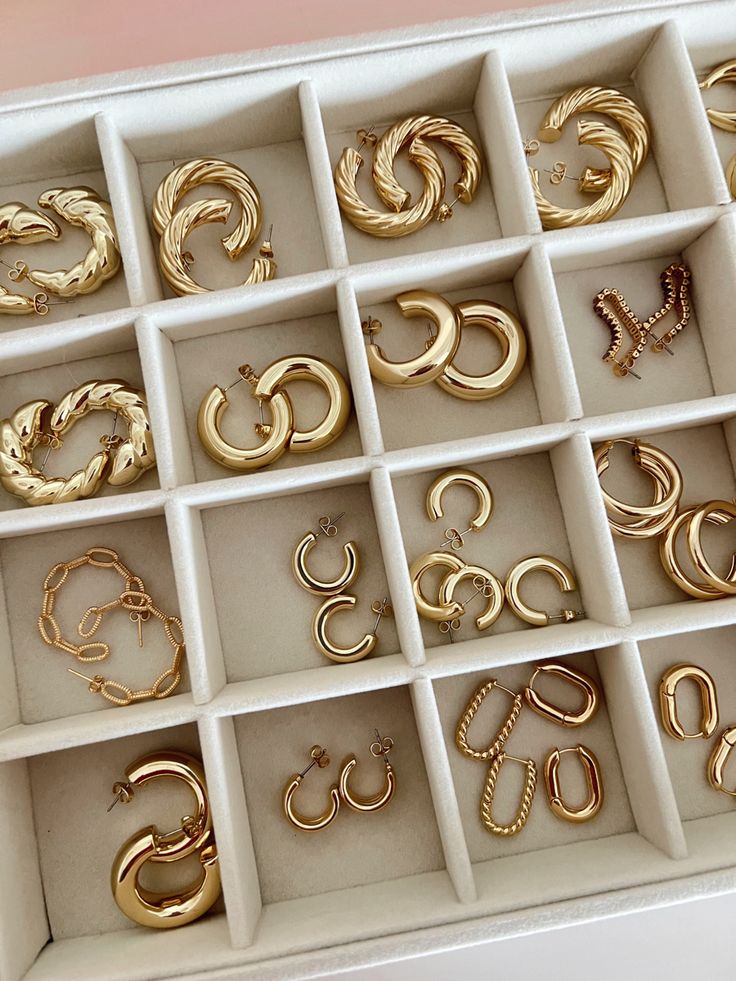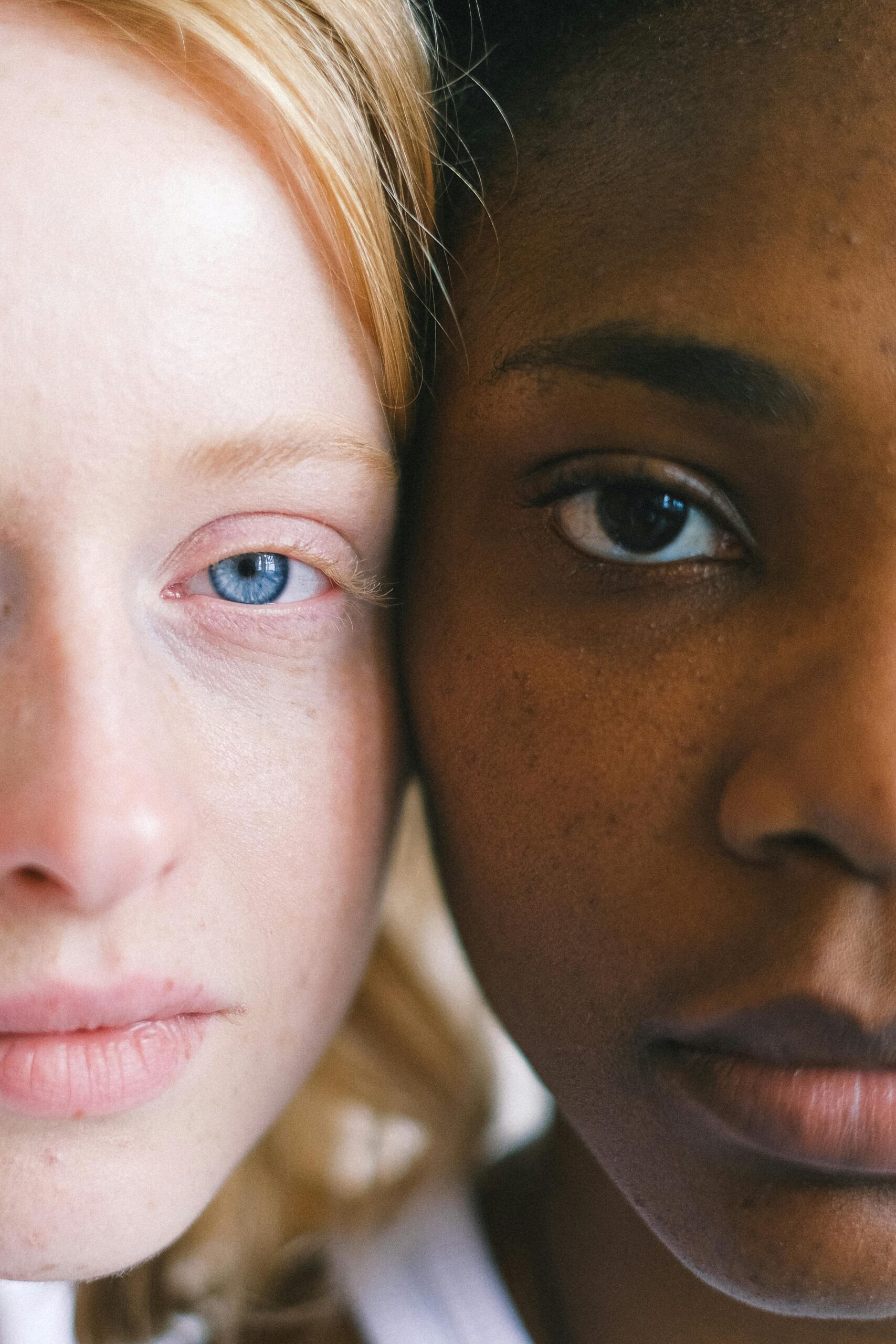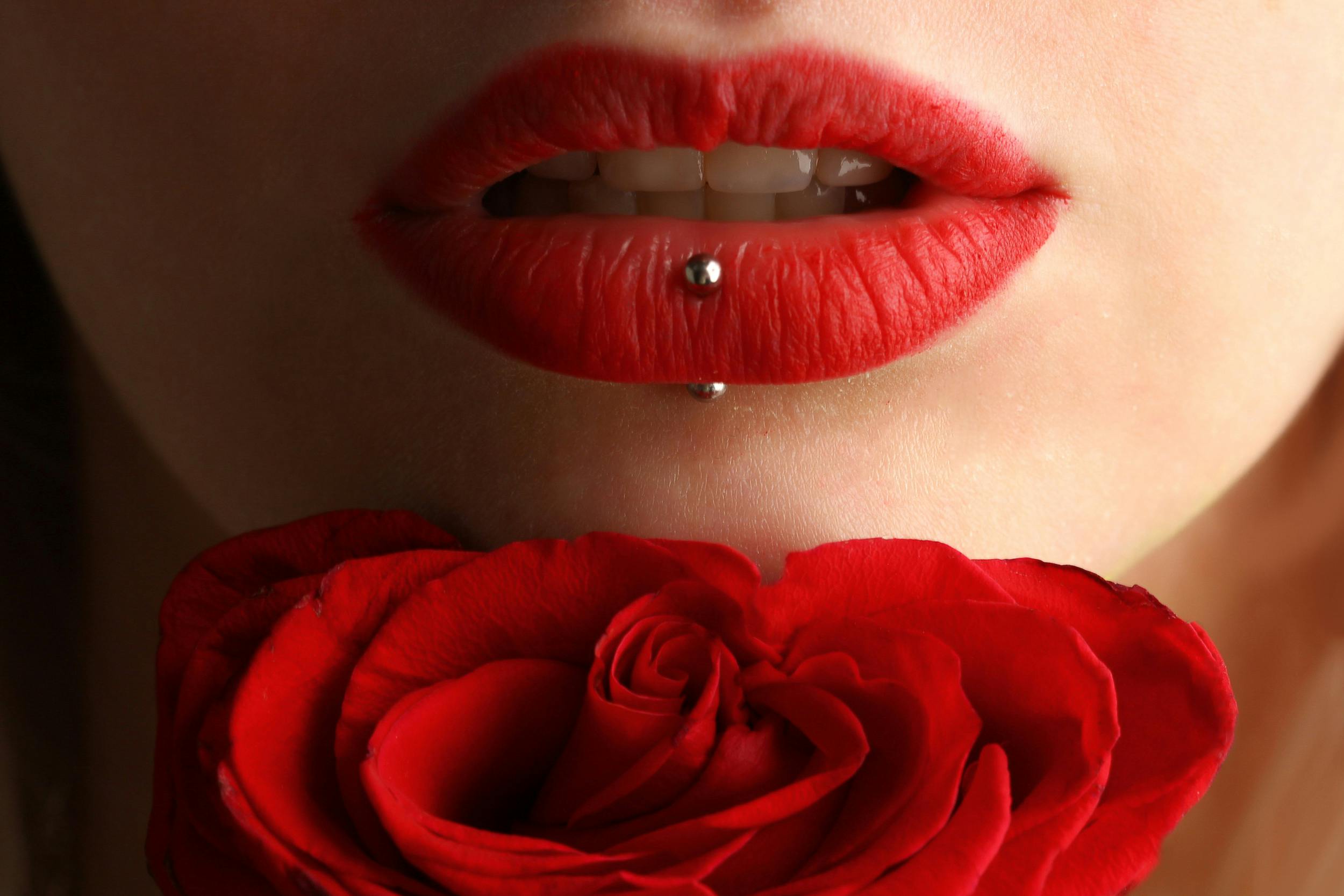- No products in the cart.
10 Habits of Korean People That Maintain Youthful Flawless Skin
Posted on by Victoria
- Double Cleansing: This method ensures thorough removal of makeup, sunscreen, dirt, and excess oil without stripping the skin of its natural moisture. It sets the foundation for the rest of the skincare routine, allowing subsequent products to penetrate more effectively.
- Hydration: Korean skincare emphasizes hydration at every step. Products like toners, essences, and serums are formulated with hydrating ingredients such as hyaluronic acid, glycerin, and ceramides to replenish moisture levels and maintain a healthy skin barrier. Well-hydrated skin appears plump, supple, and more youthful.
- Sun Protection: Sunscreen is considered the most crucial step in any skincare routine. Korean skincare advocates for daily sun protection, regardless of the weather or season, to shield the skin from UV damage, which can lead to wrinkles, dark spots, and other signs of premature aging.
- Exfoliation: By gently removing dead skin cells, exfoliation promotes cell turnover, unclogs pores, and improves skin texture and tone. Korean skincare offers a variety of exfoliating options, including chemical exfoliants like AHAs and BHAs, as well as physical exfoliants such as scrubs and peeling gels.
- Sheet Masks: Sheet masks are a pampering treat in Korean skincare routines. These pre-soaked masks are saturated with concentrated serums containing beneficial ingredients like vitamins, antioxidants, and botanical extracts. They provide an instant boost of hydration, brightening, and nourishment to the skin.
- Facial Massages: Incorporating facial massages into skincare routines offers numerous benefits. Massaging the skin stimulates blood circulation, which helps deliver oxygen and nutrients to the skin cells, resulting in a radiant complexion. Additionally, facial massages can reduce puffiness, promote lymphatic drainage, and sculpt facial contours over time.
- Layering Products: Korean skincare embraces a multi-step approach, allowing individuals to customize their routines based on their skin’s needs. Layering lightweight, hydrating products ensures thorough hydration and addresses specific concerns like acne, dullness, or hyperpigmentation effectively.
- Healthy Diet: Koreans prioritize a diet rich in fruits, vegetables, lean proteins, and fermented foods like kimchi and miso. These foods are loaded with vitamins, minerals, antioxidants, and probiotics that promote skin health from within, contributing to a clear, radiant complexion.
- Minimal Makeup: Korean beauty ideals often lean towards a natural, “glass skin” look. Instead of heavy makeup, Koreans focus on enhancing their skin’s natural beauty with light coverage products, emphasizing skincare as the foundation for a flawless complexion.
- Stress Management: Chronic stress can wreak havoc on the skin, leading to inflammation, breakouts, and accelerated aging. Koreans incorporate stress-relief techniques such as meditation, yoga, or leisurely walks in nature to maintain a healthy mind-body balance, which is reflected in their glowing skin.
By incorporating these habits into their daily routines, Koreans achieve and maintain youthful, radiant skin that’s admired worldwide.








